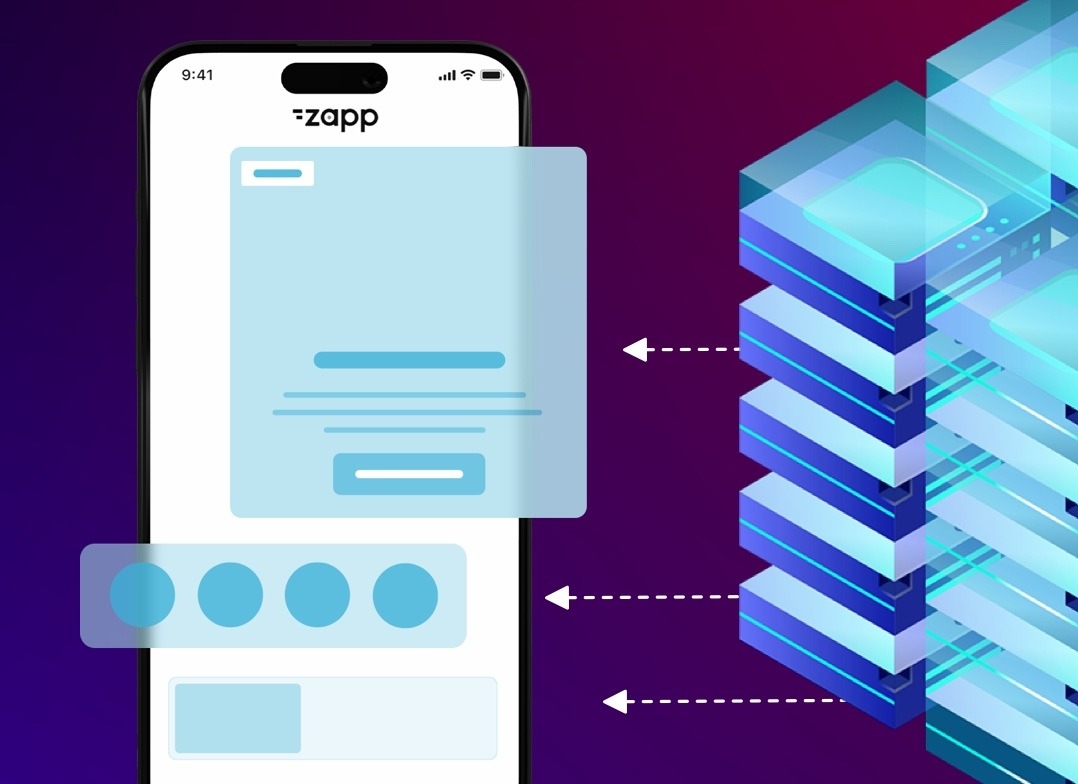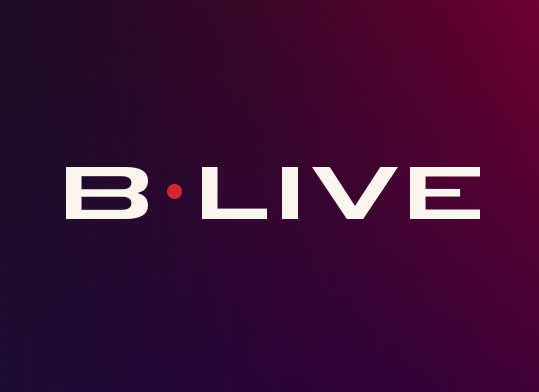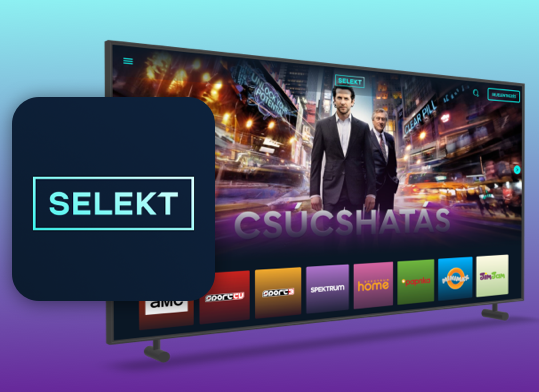
Exploring the opportunities—and challenges—of reaching audiences on the big screen
As audiences continue to shift toward streaming, publishers are rethinking how and where they deliver content. While web and mobile remain foundational, a growing number of publishers are incorporating Connected TV (CTV) apps to extend their reach and grow revenue.
Connected TVs—which include Smart TVs with built-in streaming capabilities and devices like Roku, Apple TV, Fire TV, and Android TV—are increasingly becoming the primary screen for consuming video content in the home. With adoption on the rise globally, publishers that offer rich video libraries, live broadcasts, or on-demand editorial content are already making CTV a core part of their distribution strategy.
In this post, we’ll look at the potential benefits of launching a CTV app—and some of the key considerations publishers should weigh when deciding whether to invest in this platform.
Why Connected TV Apps Are Gaining Momentum
Audiences Are Spending More Time on Connected TVs
Smart TVs are now present in 79% of U.S. internet households, and globally, the Connected TV market is expected to grow at a 12.8% CAGR through 2030, according to Grand View Research.
Streaming on Connected TVs is booming: As of June 2025, streaming accounted for 46% of total TV viewing time in the U.S., surpassing cable (23.4%) and broadcast (18.5%) for the first time ever, according to Nielsen. That’s a 10‑point jump in just two years.
With traditional TV viewership declining and streaming on the rise, Connected TVs are becoming the go-to screen for news, entertainment, and video content. Publishers that prioritize these platforms are better positioned to meet audiences where they spend time—on the largest screen in the house.
Extending Viewer Time with Connected TV Experiences
Unlike mobile or desktop browsing, CTV apps offer a lean-back viewing experience. The combination of larger screens, simplified interfaces, and remote-based navigation creates an environment where users are more likely to spend extended time with content.
For publishers, this creates opportunities to:
- Showcase breaking news or live programming
- Highlight curated editorial video
- Offer personalized content based on viewing behavior
- Reinforce brand identity through consistent design and navigation
These features can potentially lead to stronger engagement, increased monetization, and improved brand recognition—particularly when the app is well-optimized for the Connected TV environment.
More Control Over Monetization and Content Delivery
Launching your own CTV app gives publishers full control over how content is presented and monetized—something that’s often limited when relying on third-party platforms like YouTube or FAST channels for distribution.
Within your own app, you can define your business model and evolve it over time. This includes experimenting with:
- Advertising (including high-value Connected TV ads)
- Subscription or paywall models
- Sponsored content
- Membership tiers or donations
Owning the app also gives you direct access to revenue streams and the ability to optimize them in line with your content strategy and audience behavior.
Access to First-Party Data—and Strategic Differentiation
For publishers relying on third-party platforms like YouTube or FAST channels to reach Connected TV viewers, access to viewer data is often limited or unavailable. Launching your own CTV app changes that—giving you direct access to valuable first-party insights, such as:
- Time spent viewing
- Content preferences and drop-off points
- Ad performance
- Audience segments
With full ownership of this data, publishers can make more informed decisions about programming, monetization, and product development—while building a differentiated experience tailored to their audience.
In addition to data ownership, Connected TV apps enable new types of viewing experiences that can strengthen brand value and set publishers apart. With more media brands expanding into CTV, having a presence is becoming a competitive necessity—not just a future opportunity. Establishing your app now ensures you're keeping pace with the industry and showing up where audiences—and competitors—already are.
Challenges and Considerations
Of course, launching a CTV app isn’t without challenges. Publishers considering this path should be mindful of several potential barriers:
1. Audience Scale and Discoverability
While adoption is growing, Connected TV audiences may still be smaller than those on web or mobile, particularly for niche or regional publishers. Additionally, standing out in CTV app stores—often dominated by major media brands—can be a hurdle without a strong distribution or promotion plan.
2. Technical Complexity
Supporting multiple platforms (e.g., Samsung Tizen, LG webOS, Roku, Android TV, Apple TV, Fire TV, Vizio) and building a high-quality, performant app across these environments can require significant time and resources.
3. Content Suitability
Not all content is equally well-suited for the CTV format. Publishers with text-heavy articles or short clips may need to adapt their content to better fit the lean-back, big-screen viewing environment.
4. Ongoing Maintenance
CTV apps require updates, testing, and support. Publishers should plan for continuous maintenance, bug fixes, and feature improvements to ensure a reliable experience for viewers.
5. Flexibility for Experimentation
CTV strategies often require testing different formats, layouts, and monetization models. Without flexible technology, making changes can be slow and costly. Publishers need tools that support fast iteration and ongoing optimization.
The Bottom Line: A Strategic Expansion Opportunity for Publishers
CTV apps offer a clear expansion opportunity for publishers looking to deepen engagement, diversify monetization, and strengthen their brand presence in the home.
But success requires thoughtful planning, the right technology, and a solid understanding of the platform’s dynamics. For some, CTV is a natural extension of an existing video strategy. For others, it’s a space to experiment with new formats and reach emerging audiences. In both cases, the decision should be informed by both the potential upside and the practical challenges involved.
At Applicaster, we work with publishers to simplify the technical complexity of launching and managing apps across Connected TV, mobile, and other OTT platforms. Whether you’re just exploring the space or ready to launch, our platform helps reduce development overhead and speed time to market.
Want to learn more? Explore Zapp for Publishers




